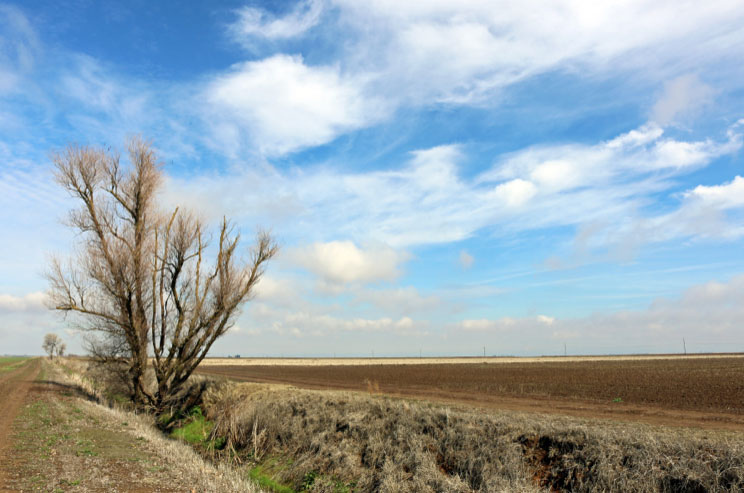Water supplies in the Sacramento Valley have been reduced more than 25 percent in every part of the Sacramento Valley this year—with many areas having their surface supplies reduced 100 percent. Importantly, these cutbacks will have a negative impact on all the water uses in the region, including cities and rural communities, farms, fish, birds and recreation.

The December and February storms in Northern California led to storage in certain reservoirs that is higher than 2014, which will help the region get through this year. On the west side of the Sacramento Valley, the settlement contracts along the Sacramento River and the National Wildlife Refuges will be cut back 25 percent in accordance with their contracts. The districts along the Tehama-Colusa Canal currently have a 100 percent reduction (zero allocation) for surface water for the second year. In Yolo County, water deliveries from Yolo County FCWCD’s surface supplies in Clear Lake and Indian Valley will be reduced nearly 60 percent from a normal year.
On the east side of the Valley, the settlement contracts along the Feather River will be cut back by 50 percent. In Yuba County, surface supplies will be reduced by an average of 30 percent. Along the Bear River, South Sutter Water District is a supplemental district and will be able to provide fifty percent (50%) of the average surface water allocation this year.
In all areas, farmers and refuge managers are planning a variety of ways to cope with this shortfall, including fallowing some fields, shifting to lower water use crops, and utilizing more groundwater where available.
North State water resources managers and growers have been working hard to maintain the maximum amount of water for area growers and the environment throughout the Sacramento Valley. With California enduring its fourth consecutive dry year, every drop of water counts and must be stretched as far as possible. Water resources managers have been working closely with state and federal agencies and our conservation partners to stretch available supplies in creative ways to benefit multiple uses. This will continue to be an extremely challenging year as we manage and safeguard this precious resource.
These dry years have put a spotlight on the tremendous value of surface storage for reliable water supplies for all beneficial uses, including cities and rural communities, farms, fish and birds. It is estimated that if Sites Reservoir—a proposed off-stream regulating reservoir on the west-side of the Sacramento Valley–were in place this year, it would have captured an additional 410,000 acre-feet of water from storms this year that would be available for all these beneficial purposes this year. Sites could increase the total Sacramento Valley storage upstream of the Delta (including Shasta, Oroville and Folsom) by 900,000 acre-feet.
The dry years also show the value of sustainable groundwater resources in areas where surface supplies are not available. In the Sacramento Valley, local agency leaders are building on a solid foundation of sustainable groundwater management and are continuing these efforts by rolling up their sleeves to implement the new Sustainable Groundwater Management Act (SGMA) throughout the Sacramento Valley.



